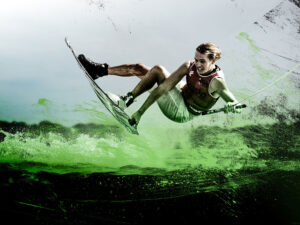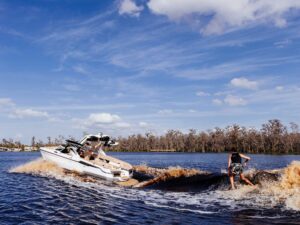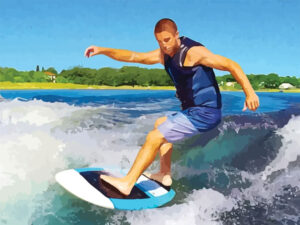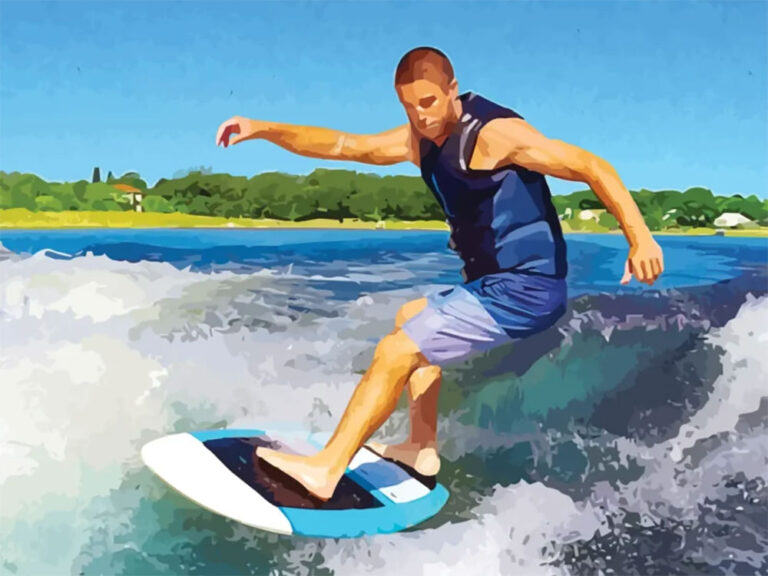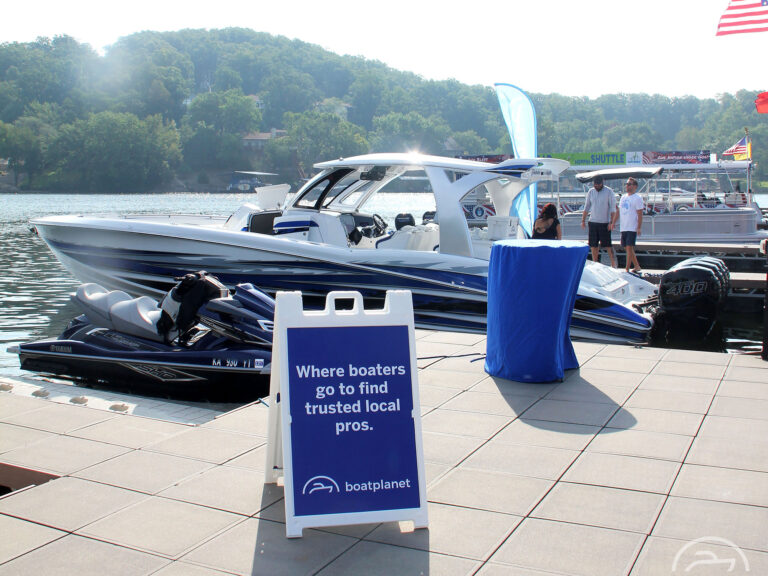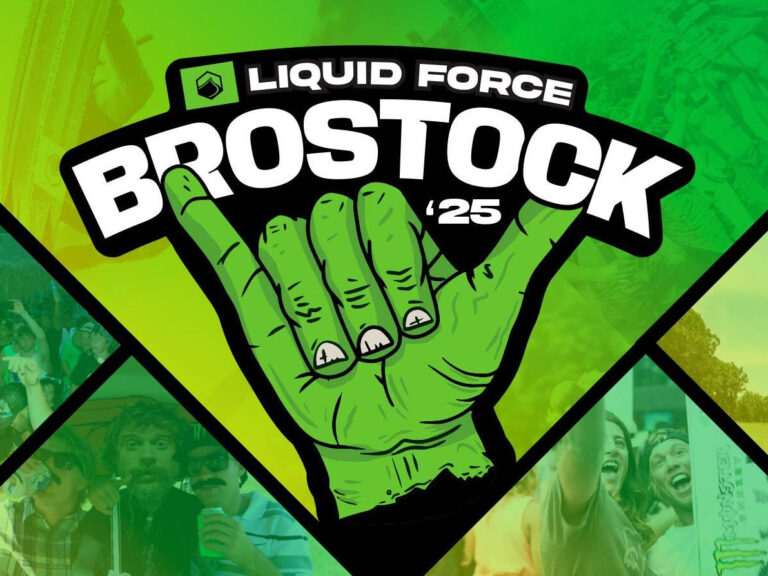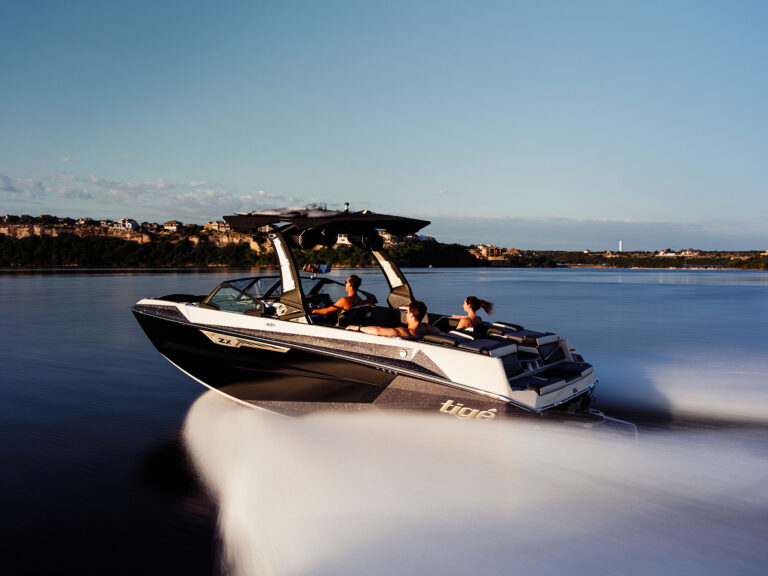
A question often asked is: What is the difference between a wakeboard used at a cable park and one used to ride while towed behind a boat?
Naturally advanced riders can make any board work in a given set of circumstances. And different riders often have different definitions of what is, “right.” That said, check out this comparison of wakeboards. It may help guide your next wakeboard purchase.
The main difference between a cable wakeboard and a boat wakeboard lies in their design, which is optimized for the different pulling methods (cable systems vs. boats) and the types of obstacles encountered.
Here’s a breakdown of the key differences:
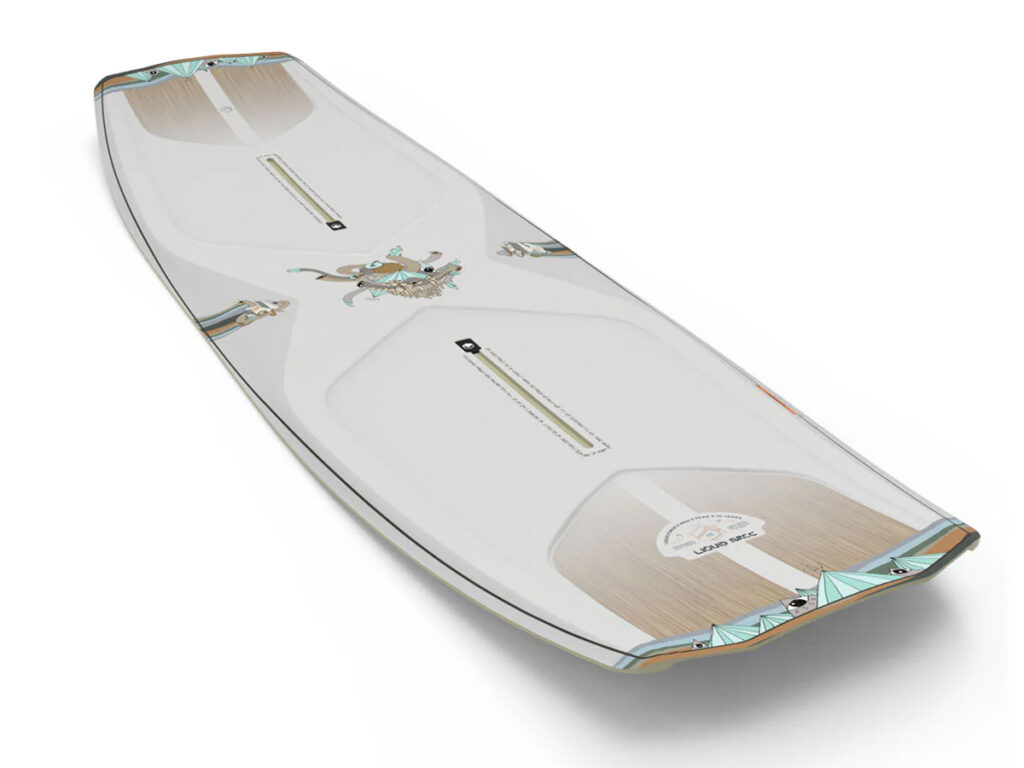
Base and Construction
Cable Wakeboards
- Built with durable, grind-friendly bases (often called sintered or P-Tex bases) to withstand contact with obstacles like rails and kickers in cable parks.
- Typically feature reinforced sidewalls to endure more impacts.
Boat Wakeboards
- Designed for use behind a boat, with less need for impact resistance from obstacles.
- Usually have glossier bases optimized for speed and glide on the water rather than durability.
Rocker Type
Cable Boards
- Often have a continuous or hybrid rocker for smoother, more predictable performance on obstacles and in the park.
Boat Boards
- Tend to have a 3-stage rocker, which gives a more aggressive pop off the wake (since boat wakeboarding focuses more on air tricks off the wake).
Flex
Cable Boards
- Usually have more flex, especially in the tips, to aid with presses on rails and soften landings.
Boat Boards
- Typically stiffer, providing better edge control and pop off the wake.
Read Next: Cable Wake Parks – The Best Infomercial Ever
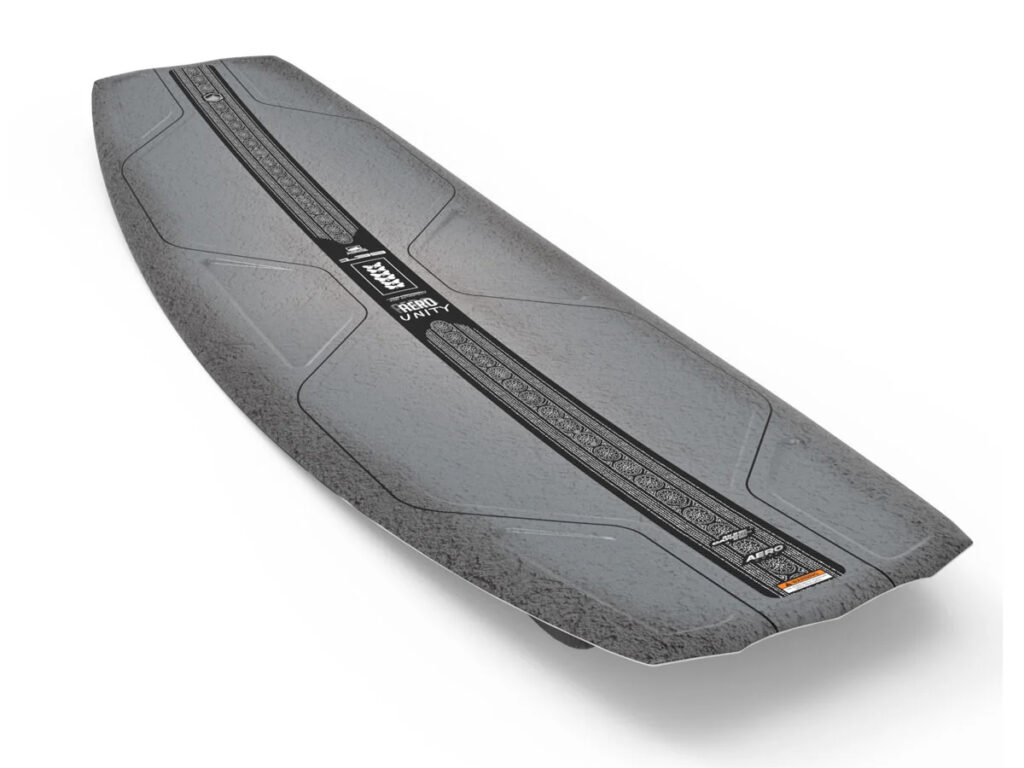
Fins and Channels
Cable Boards
- Have minimal or removable fins, and often flatter channels, to avoid getting caught on rails and other features.
Boat Boards
- Use deeper fins and aggressive channels for better tracking and edge hold at higher boat speeds.
In Summary
| Feature | Cable Wakeboard | Boat Wakeboard |
|---|---|---|
| Base Material | Grind-resistant (durable) | Smooth, less impact-resistant |
| Rocker | Continuous/Hybrid | Three-stage |
| Flex | More flexible (especially tips) | Stiffer |
| Fins/Channel | Minimal or removable fins | Deeper fins, aggressive channels |
| Best For | Obstacles, park riding | Wakeboarding behind a boat |

